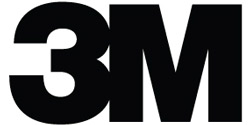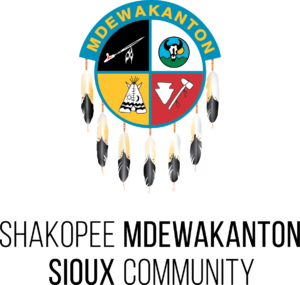
Virtual K-12 Programs
Back to K–12 Group Tours and Field Trips
We are excited to bring science education to you with virtual Bell experiences!
These virtual programs are designed to connect your group with a museum educator online for a live, interactive program about our natural world and the universe around us. We offer programs in both natural history and astronomy.
Key Booking Details
- Each program lasts approximately 45 minutes (note that we can shorten programs to thirty minutes if requested for pre-K and kindergarten audiences).
- Our maximum capacity per group is 30 students; groups larger than that need to be split up into separate sessions. These are live programs with interaction with our museum educators.
- Bookings should be confirmed no less than three weeks prior to the program date.
Pricing
- Virtual Programs cost $125 for the first program and $90 for each additional from the same group.
- Limited scholarship funds are available for schools with 50 percent of the student population receiving free and/or reduced lunch. Additionally, limited scholarship funds are available for schools and community groups located in Greater Minnesota.
Hybrid cohort groups, distance learners, and in-person classrooms are all possible with our virtual field trips. We are happy to meet your learners where they are!
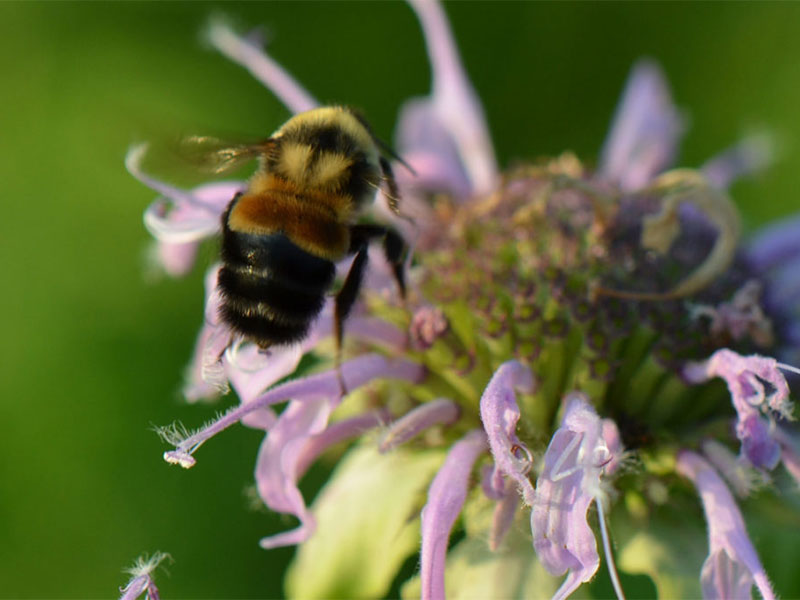
Natural History
Pollinators: Honeybees and More
Grades K–2
Pollination is serious buzzness! Through fun, active games students will learn about pollinators and the important role they play in our environment and food system. Observe and engage with Bell Museum educators to examine insect anatomy, the life cycle of honeybees, and the process of pollination.
2019 MN Science Standards:
0L.1.2.1.2 0L.3.1.1.1 1L.3.1.1 1E.4.2.1.1

Natural History
Ecosystem Exploration
Grades 3-5
Join us as we tour Minnesota’s biomes using live-animal observations and preserved plant specimens. We’ll learn about the relationships among plants and animals within each environment, through games and active participation. Engage with Bell Museum educators to gain a better understanding of the ways that plants and animals have adapted to survive in their environments, and hear from researchers at the University of Minnesota.
2019 MN Science Standards:
3L.3.2.1.1 3L.4.1.1.1 3L.4.2.1.1 4L.4.1.1.1
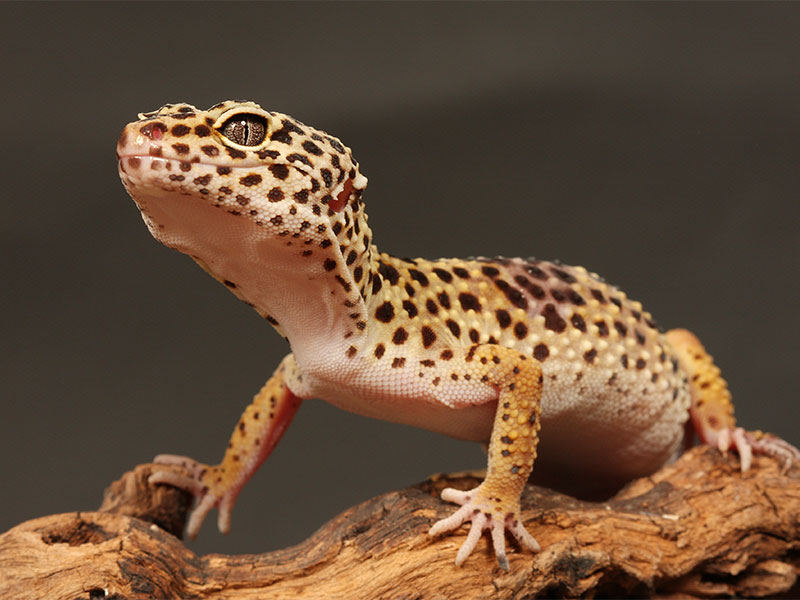
Natural History
Biomimicry: Nature’s Engineers
Grades 6-8
Solving a problem? Look to nature! Scientists, architects, fashion designers, and more have borrowed ideas from the natural world in order to answer questions and advance technology. Engage with Bell Museum educators and examine ways that humans have studied plants and animals to create and improve products that enhance our lives. By observing specimens from the Bell’s collections and using knowledge of animal anatomy, students will engineer answers inspired by nature.
2019 MN Science Standards:
6E.3.2.1.3 , 7L.3.2.1.4 , 7L.4.1.2.2 , 8P.4.2.1.1
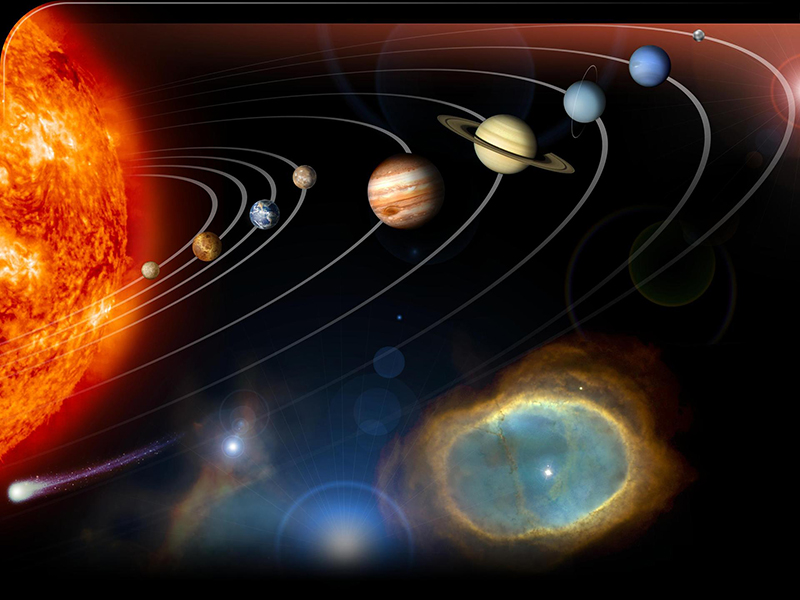
Astronomy
Solar System Investigation
Grades K-6
Get on board for a tour of the solar system, and make observations about the similarities and differences of the celestial bodies we visit. Use those observations to guess the name of each destination: from the familiar Mars to the moons of Saturn! Through active participation, students will gain a new understanding of how the solar system was formed, and the forces that keep it in motion.
If you have a specific space subject that your class is learning about, let us know ahead of time and we can focus more closely on these topics during the program:
- What are planets made of/how did they form?
- Dwarf Planets
- Black holes
- The scale of the observable universe
- Rovers and probes
2019 MN Science Standards:
0P.1.2.1.1 2E.4.2.1.1 2P.1.1.1.1 3E.2.1.1.1 3P.1.1.1.1
5E.4.1.1.1 6E.1.1.1.1 6E.2.1.1.1 6E.3.1.1.1
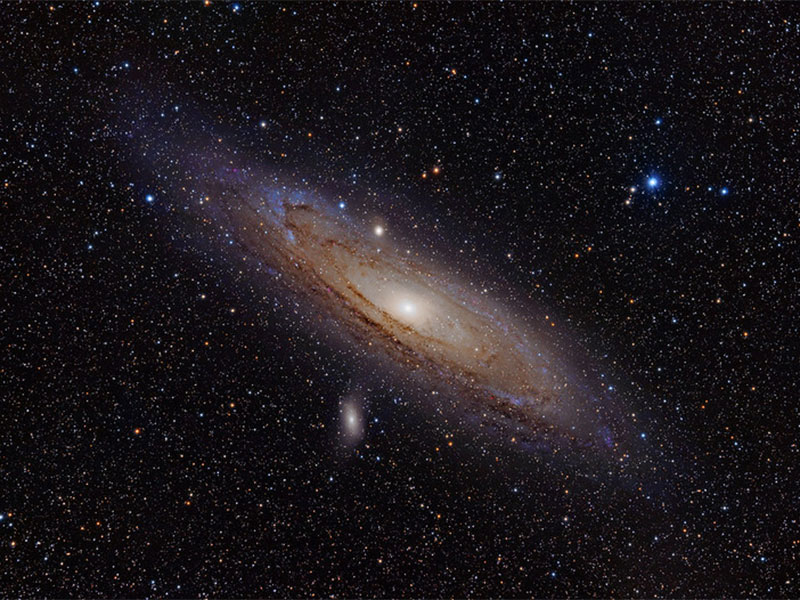
Astronomy
Blast Off to the Beyond
Grades 6-12
Starting on our own planet, students will travel through the solar system, visiting both terrestrial planets and gas giants. But what lies beyond the limits of our sun’s orbit? Find our place in the Milky Way galaxy, fly around a swirling black hole, and marvel at the scale of our universe in this exploration of the cosmos.
If you have a specific space subject that your class is learning about, let us know ahead of time and we can focus more closely on these topics during the program:
- Exo-Planets
- Black holes
- Nebulas
- Rovers and probes
2019 MN Science Standards:
6E.1.1.1.1 6E.2.1.1.1 6E.3.1.1.1 8P.4.1.1.1
9E.2.1.1.1 9E.2.2.1.1 9E.3.2.1.1
Support for K12 Education programs & scholarships generously supported by:
![]()

